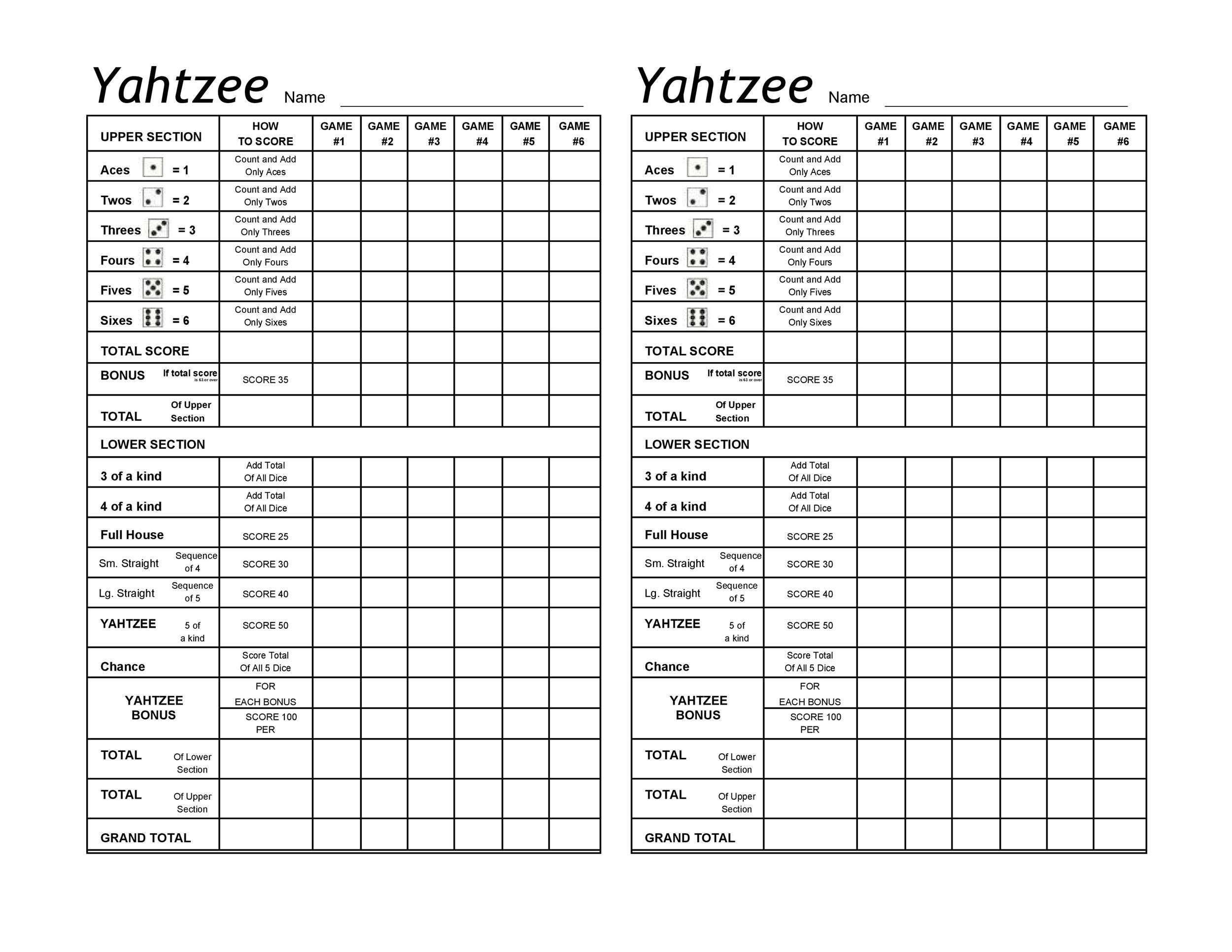How Often Should You Get a Wheel Alignment?
Wheel alignment might not be at the top of your regular car maintenance checklist, but it plays a crucial role in keeping your vehicle driving safely and efficiently. Over time, everyday driving, potholes, curbs, and rough roads can all throw your wheels out of alignment. Left unchecked, misalignment can lead to uneven tire wear, poor handling, and reduced fuel efficiency.
So, how often should you get a wheel alignment? Let’s explore what factors influence alignment frequency and how to know when it’s time for service.
General Recommendation
As a general rule, most mechanics recommend getting a wheel alignment every 6,000 to 10,000 miles—or roughly once a year. However, this timeline can vary depending on driving habits, road conditions, and your vehicle type.
If you frequently drive on rough terrain, carry heavy loads, or navigate pothole-ridden city streets, you may need alignments more often. On the other hand, if you mostly drive on smooth highways and maintain your vehicle well, your alignment may last longer between services.
When to Get a Wheel Alignment Sooner
Aside from mileage, several signs may indicate it’s time for an alignment check:
- Vehicle pulls to one side when driving straight
- Steering wheel is off-center even though you’re driving in a straight line
- Uneven or rapid tire wear
- Vibration or looseness in the steering wheel
- Recent tire replacement, suspension work, or an accident
If you notice any of these issues, don’t wait—schedule a professional inspection right away. Prompt wheel alignments can help prevent more costly repairs and extend the life of your tires.
After Installing New Tires
It’s a good idea to schedule an alignment when you install new tires. This ensures they wear evenly from the beginning, helping you get the maximum life and performance out of your investment.
Some tire warranties even require proof of proper alignment at the time of installation to remain valid, so check the terms if your tires are under warranty.
After Suspension Work or Accidents
Any time your suspension is modified—whether it’s due to damage, new parts, or a lift/lowering kit—it’s essential to follow up with a wheel alignment. Even minor fender-benders can affect your suspension geometry, so post-accident alignments are also a smart move.
Benefits of Regular Wheel Alignments
Keeping your wheels properly aligned delivers several important benefits:
- Improved safety and handling
- Extended tire life
- Better fuel efficiency
- Smoother, more comfortable ride
- Reduced strain on suspension components
Regular wheel alignments are a simple but powerful way to protect your car and wallet over the long term.
While it may be tempting to skip or delay your next alignment, doing so can lead to larger problems down the road. Aim to check your alignment at least once a year—or sooner if you notice any warning signs.
By staying on top of your vehicle’s alignment needs, you’ll enjoy safer drives, fewer tire replacements, and optimal performance in every season.
-

 Education & Science4 years ago
Education & Science4 years agoAPES Unit 4 Study Guide: Essential Topics and Tips for Exam Success
-

 Real Estate & Travel3 years ago
Real Estate & Travel3 years agoSan Pancho Mexico Real Estate Opportunities For Your Dream Home
-

 Local Listings & Activities5 years ago
Local Listings & Activities5 years agoWe Rock the Spectrum Bradenton Inclusive Play and Sensory Gym for All Kids
-

 Relationships & Quotes5 years ago
Relationships & Quotes5 years agoAppreciation Deep Mother Quotes in Spanish
-

 Education & Security4 years ago
Education & Security4 years agoInsider Threat Indicators Description and Detection Guide
-

 Music & Concerts2 years ago
Music & Concerts2 years agoDave Matthews Band Virginia Beach Concert Guide
-

 News & Obituaries1 year ago
News & Obituaries1 year agoRobert F Kennedy Jr: Net Worth, Career and Legacy
-

 Games & Printables4 years ago
Games & Printables4 years agoFree Printable Triple Yahtzee Score Sheets PDF for Easy Game Tracking
